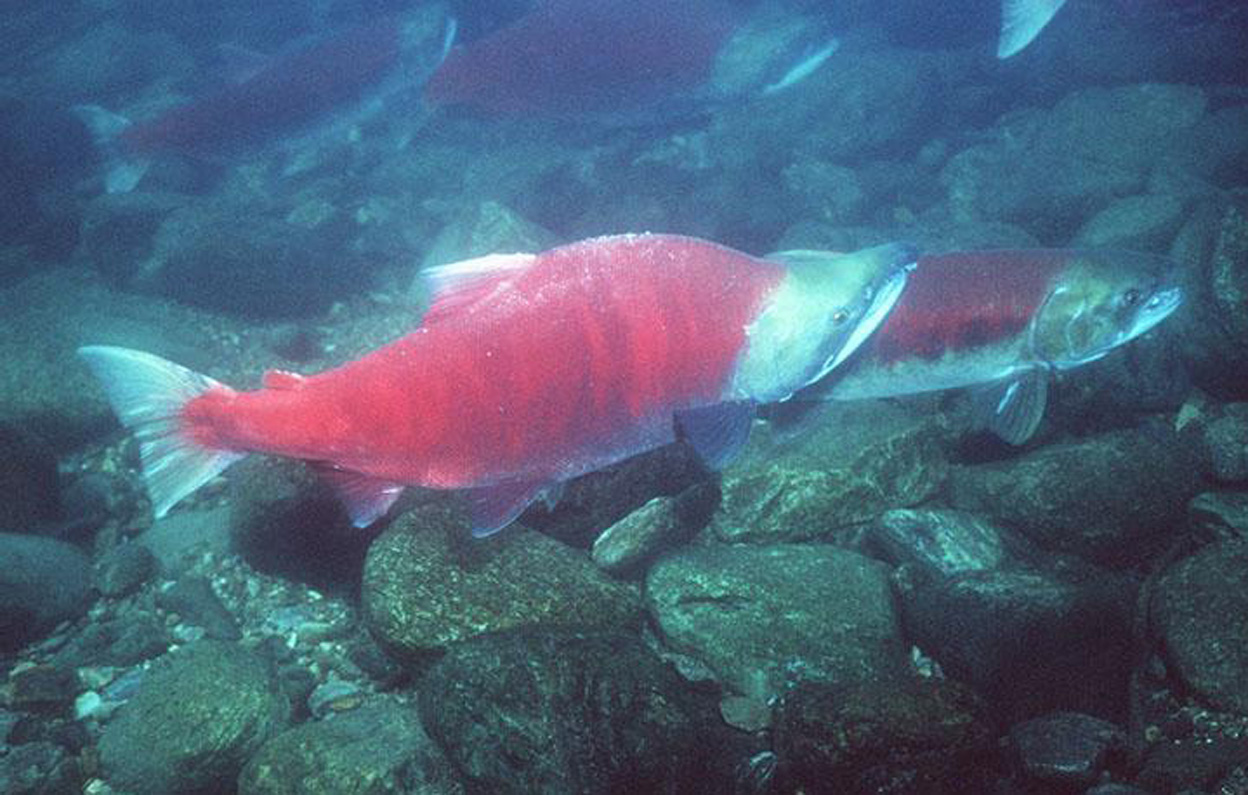Alaska’s salmon season is nearly a wrap, but fall remains as one of the fishing industry’s busiest times of the year.
For salmon, the catch of 213 million has surpassed the forecast by nine million fish. Highpoints for this season are a statewide sockeye catch topping 50 million for the tenth time in history (with 37 million from Bristol Bay) and one of the best chum harvests ever at more than 22 million fish.
The total 2017 salmon catches and values by Alaska region will be released by state fishery managers in November.
Hundreds of boats are now fishing for cod with September 1 openers at Prince William Sound, Cook Inlet, Kodiak and throughout the Bering Sea.
Pollock fishing reopened to trawlers in the Gulf of Alaska on August 25. More than 3 billion pounds of pollock will be landed this year in Alaska’s Gulf and Bering Sea fisheries. Fishing also is ongoing for Atka mackerel, perch, various flounders, rockfish and more.
Halibut are still crossing docks across the state, and Alaska longliners have taken 75 percent of the 18 million pound catch limit. Most of the halibut catch (over 2.5 million pounds so far) is crossing the docks at Kodiak, followed by Seward. Homer, which bills itself as “the nation’s top halibut port,” is a distant third for landings.
The sablefish (black cod) catch is at nearly 70 percent of its 22.5 million pound quota. Both the halibut and sablefish fisheries continue this year through November 7.
Crabbers are gearing up for the October 1 start of the fall Dungeness crab fishery in Southeast Alaska and mid-October crab openers in the Bering Sea. The dungie fishery should produce more than one million pounds; the catch quotas for red king crab, snow crab and (hopefully) Tanners will be released in a few weeks.
Shrimpers also will drop pots on October 1 for nearly a half million pounds of big spot prawns from Southeast waters. Dive fisheries also open that same day for sea cucumbers, where a harvest of usually around one million pounds (“poke weight,” meaning drained) will be delivered over a few months. Smaller sea cucumber fisheries also occur at Kodiak, Chignik, the South Peninsula, Aleutian Islands and throughout the Bering Sea with a combined take of 185,000 pounds.







